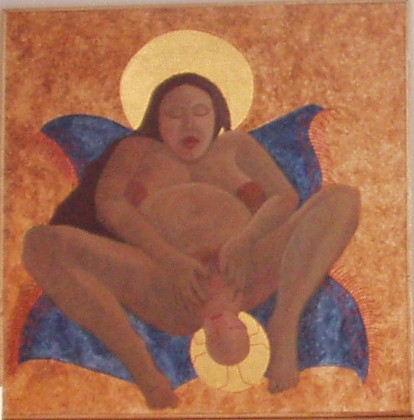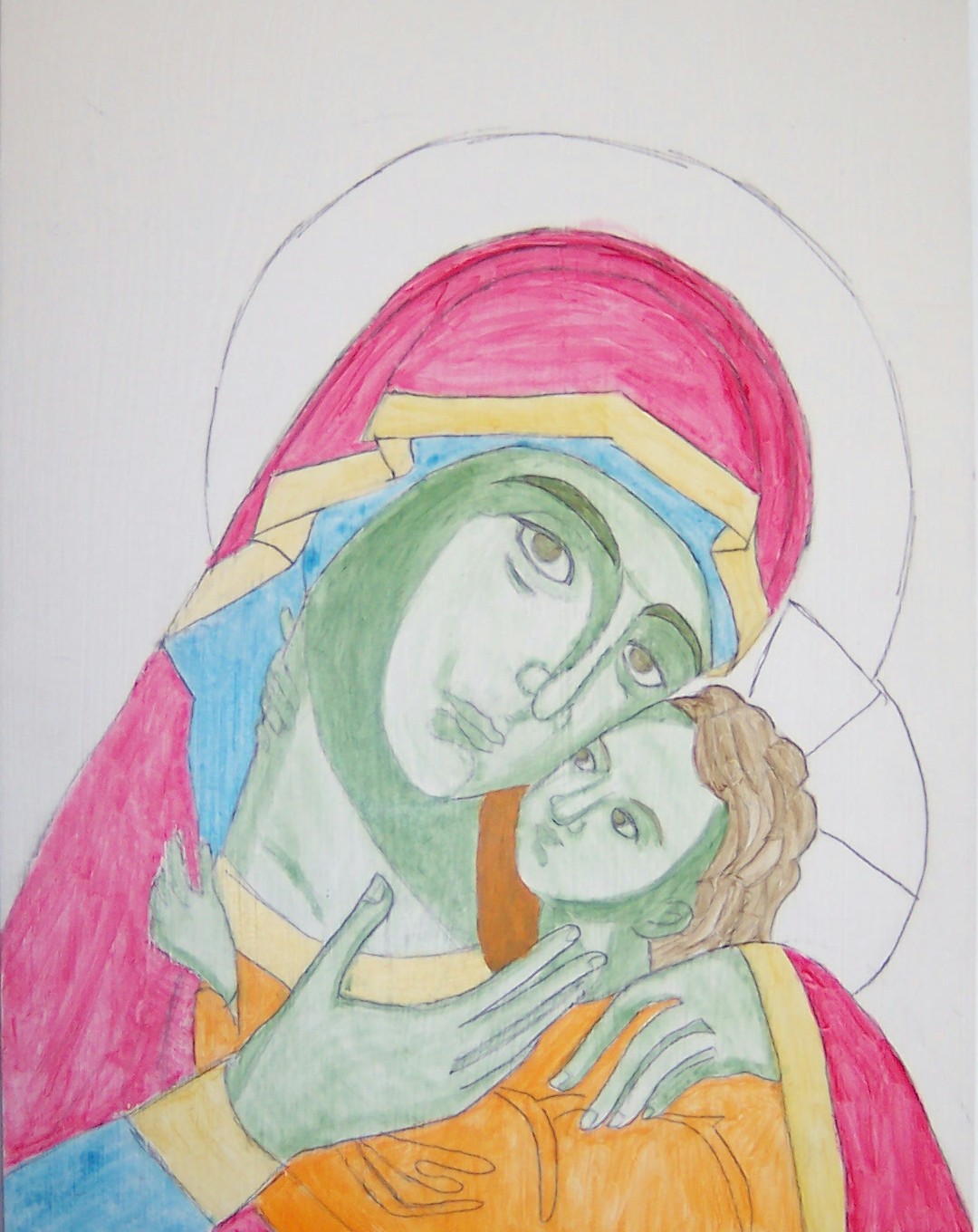Water Mixable Paints
are an inventive answer to the toxicity and flammability of turpentine and other noxious thinners. When I was first learning to paint in 2003, my teacher insisted that if we were to use oils in her classroom, we were to use the water mixable paints or
odorless turpenoid
with our regular oils. She probably already had her fill of all things toxic. Teaching day in and day out with chemicals in the air was a deal breaker.
After experiencing the ease of Acrylic drying time for our fast paced assignments, the class all decided to stick with acrylics for the rest of our first year studies. Therefore, I didn't learn the principles of oil paints beyond the incredible basic: Don't paint acrylics or acrylic gesso over oils!
I want to re-approach oil paint for several reasons. Mainly, oils have a certain class that collectors appreciate, and they seem to be better suited for impressionist and and traditional painting. Also, I want to use those tubes of water mixable oils I purchased for that class and barely touched. I had this perception that water mixable paints must function differently than regular oils, and I worried that the instructional principles on oil paints would be useless to me.
I sought out articles and books about water mixable paints and mediums, and there were very few, considering all the brands and options for water soluble and mixable paints.
Finally, I found a well rated book especially about water oil paints,
Painting with Water Soluble Oils by Sean Dye
. Dye's book is incredible and unique. He includes reviews and shares color charts of all the then available brands of water mixable and soluble paints and mediums. Dye invited about a dozen different oil painters to try the water oil paints and compare them with similar paintings made with traditional oils. My big questions were answered, and I understood why there was so little written about the differences between traditional and water soluble paints. There is in fact very little difference.
The artists reviewing the various products noted that the paints sometimes needed a tad more (water soluble) linseed oil added to get the buttery consistency they were used to with traditional oils. But besides that, the water worked exactly in place of turpentine, only appearing more opaque when wet than turpentine, but drying to the same result.
Artists noted that their paintings appeared a tiny bit brighter in some way than the traditional oils but none seemed to be able to put their finger on why. I thought it over and I suspect that conventional linseed oil is probably a tad yellower than water soluble linseed oils. If you don't appreciate the higher clarity of the water soluble oils, I suggest lightly aging your painting with a final glaze of very thinned yellow ochre.
I have summarized here the few differences between painting with water soluble oils and traditional oil paints. However, for complete reviews of the different brands of water soluble and mixable paints, I highly recommend
Painting with Water Soluble Oils by Sean Dye
as the authoritative book on the subject.
As of the writing of this article, Painting with Water Soluble Oils by Sean Dye appears to be out of print. New copies are selling for inflated prices, but several dozen high quality used copies are available for bargain basement price.



































